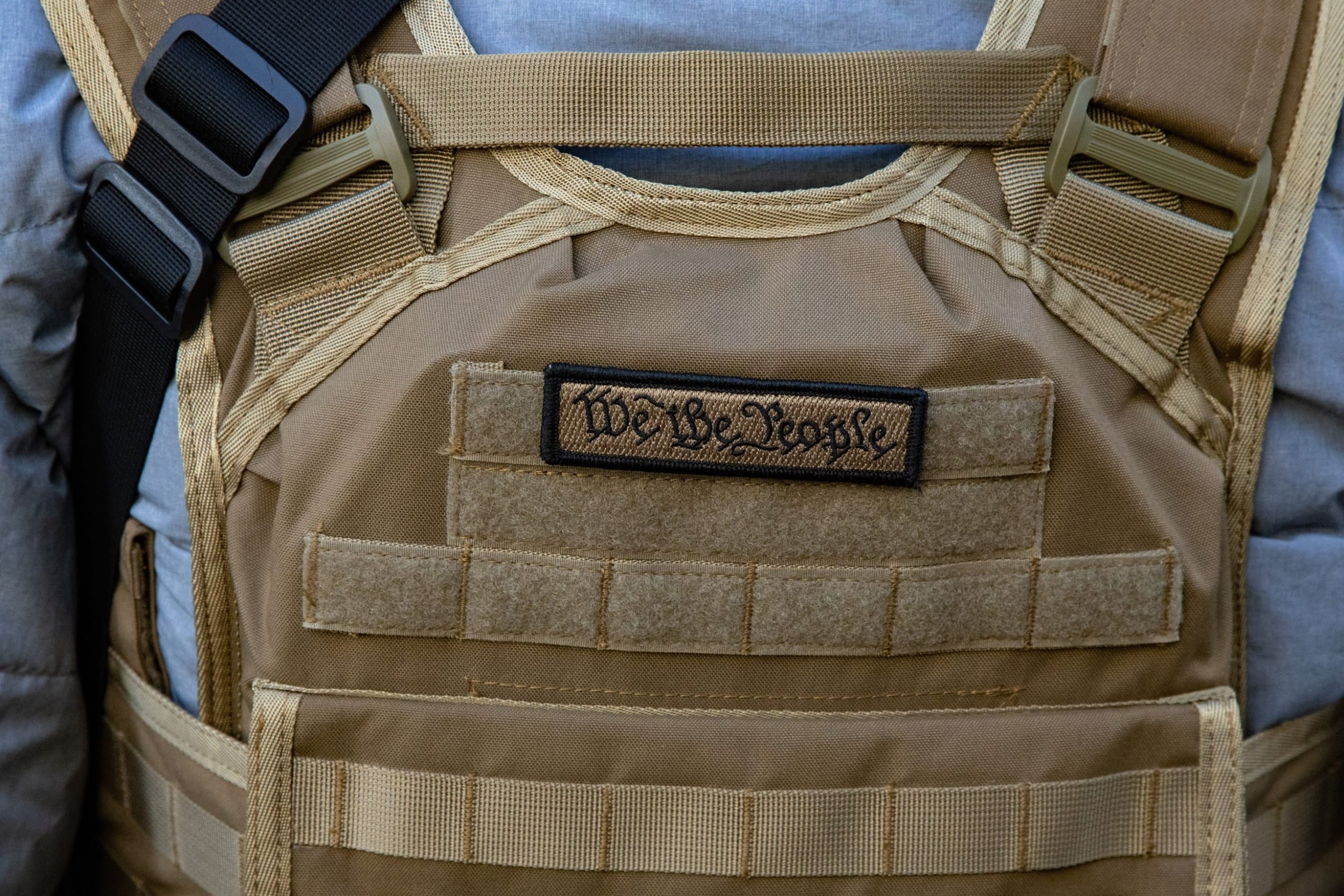When considering whether to purchase body armor, it’s essential to think about the cost, materials, legality, and sizing. By weighing the pros and cons of each type of body armor, you can choose the best protection for yourself and your family. This article will provide a guide to selecting the best body armor. Keep reading to learn about the advantages and disadvantages of each type of body armor. And, if you’re unsure, you can always take a look at this article to learn about the different types of body armor or visit this website for more information.
Costs
Body armor made of steel has been in use for thousands of years. The Hittites of Anatolia fashioned the first steel weapon. Today, steel is a low-cost material to manufacture a plate for body armor. Henry Bessemer streamlined the production process of steel in the 1850s, making it feasible to mass produce this protective gear. It is also less expensive than most materials. However, steel does not offer the same level of protection as other types of armor.
The cost of body armor is dependent on its thickness. Body armor manufacturers spend a lot of time and money developing their vests. Ballistic vests with a thin enough design that they can be easily hidden under uniforms are the most affordable. Moreover, it is important to remember that a ballistic vest must be the right size for your body. Make sure to take measurements before purchasing one so that you can choose the right size for yourself.
While body armor made of steel is very effective, it also has its disadvantages. A steel plate may cost a few thousand dollars. In addition, steel plates may not be reusable. However, body armor made of UHMWPE is cheaper to produce than steel or ceramic. It is also lighter than steel and can be easily replaced or repaired. There are many options available, and you should consider all of them when evaluating the cost.
Materials
Depending on the level of protection that users desire, protective materials may be grouped into four categories: ballistic, blunt force, electroshock, and penetrating. In addition to these types of threats, protective materials may also be selected according to NIJT standards. Some of the main factors in the selection of protective materials are comfort, flexibility, and concealability. To choose a suitable protective material, consult with a medical professional or safety expert.
Legality
The legality of body armor depends on the level of risk that you face and the purpose for which you intend to use it. People who work in high-risk fields such as police officers, firefighters, journalists, and shooting range employees need to be more protected against gunfire. Other professions that require ballistic protection may include jewelry store owners, convenience store owners, and bankers. If you are in the middle of a shooting rage, you may be looking for body armor that can protect you against bullets.
The federal law prohibits violent felons from possessing or wearing body armor. In addition, wearing body armor could lead to additional charges, indictments, and even imprisonment. In certain states, including Kentucky, Louisiana, and Washington, body armor may not be legal for people convicted of a felony. However, if a convicted felon applies for a permit and meets certain conditions, it is permitted for him to use body armor.
Sizing
There are several factors to consider when purchasing body armor. The first of which is how much the armour will cover. The military uses SAPI size plates, which are 9.5″W x 12.5″H. Commercially-produced armor is generally 10″W x 12″, though this measurement is not always standard across manufacturers. Make sure to review the product’s specifications carefully, and compare them to your own measurements. Here are some tips for selecting the correct size for yourself.
Measure your chest. Do not hold your breath while you measure your chest. The measurement should be loose enough for you to stand or sit without straining your muscles. Also, make sure your vest can fit any ballistic inserts you choose to buy. For the best results, choose a body armor model that fits your measurements. The exact size of your armor is often specified on the manufacturer’s website. If you’re unsure, consult a chart or website dedicated to body armor.
Sizing is important when purchasing body armor. Remember that the body armor plate should cover your chest, but not restrict your mobility. Choose the plate size that fits best. In addition to determining your chest size, consider the width of the plate as well as the length. For your torso, the bottom edge of the plate should extend at least four inches above your service belt. If you’re between sizes, you should look for the larger size.
